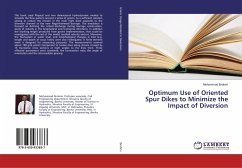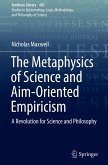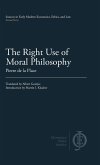This book used Physical and two dimensional hydrodynamic models to simulate the flow pattern around a series of groins. As a sufficient solution aiming at reduce the erosion in the main right bank opposite to the diversion channel at the new Naga-Hammadi barrage. The simulation is focused on defining the critical discharge during barrage construction, study of velocity in the longitudinal and transverse directions. In addition the working length produced from groins implementation, that could be investigated with the aid of the model resulted velocity vectors. Moreover, the fluctuation in water level, and morphological changes in bed (e.g. length and depth of scour holes) were also investigated. A finite element mesh is designed for measuring purposes. The measurements covered about 180 grid points interpreted to twelve lines along stream crossed by 15 transverse cross sections at right angles to the lines from. Three effective parameters were examined; the contraction ratio, the angle of orientation and the intermediate spacing.
Hinweis: Dieser Artikel kann nur an eine deutsche Lieferadresse ausgeliefert werden.
Hinweis: Dieser Artikel kann nur an eine deutsche Lieferadresse ausgeliefert werden.








